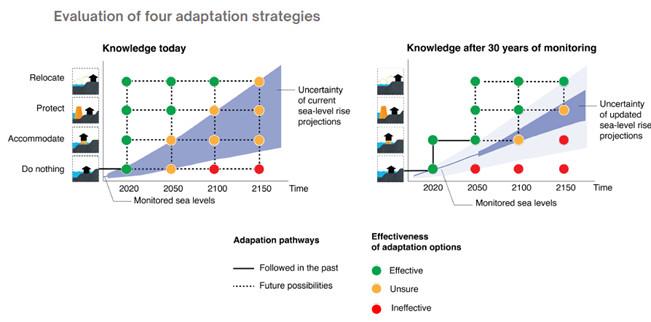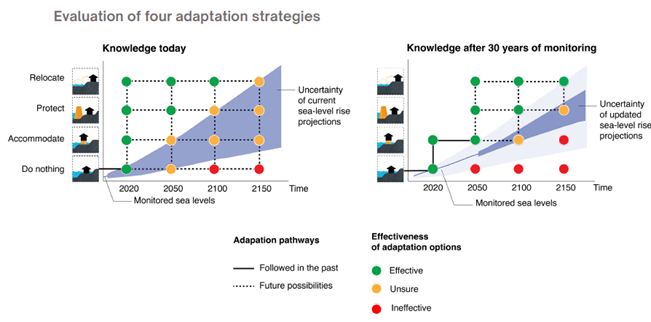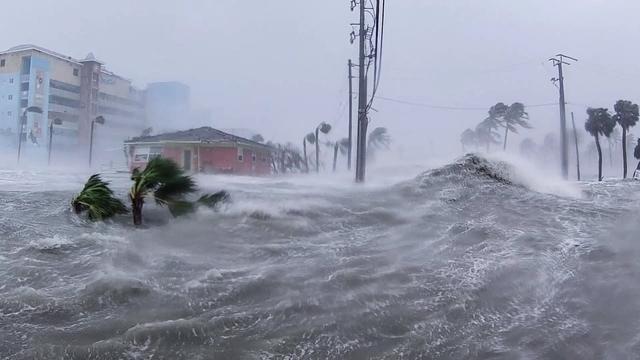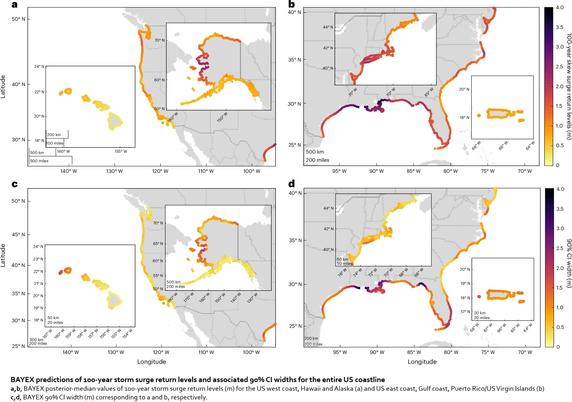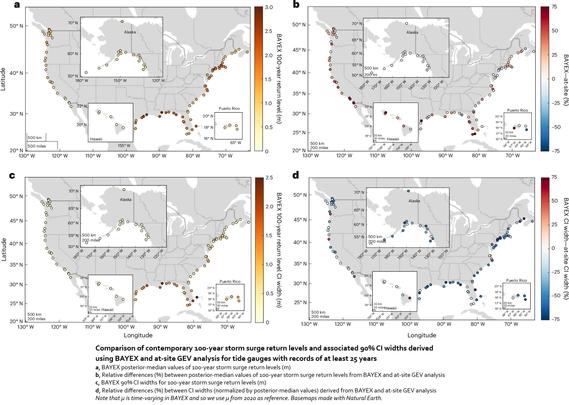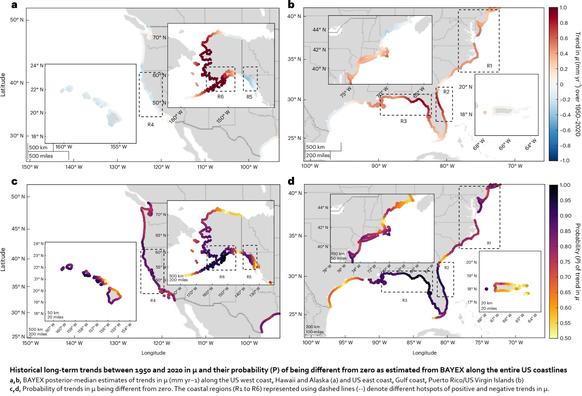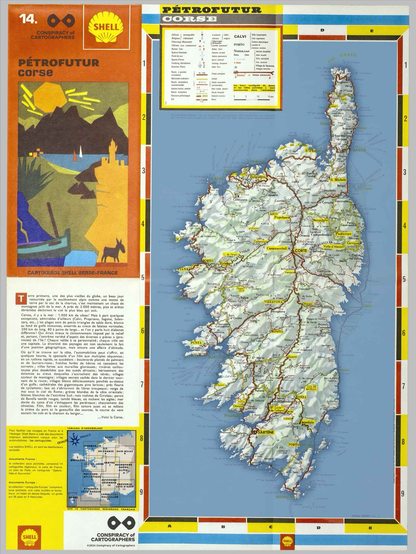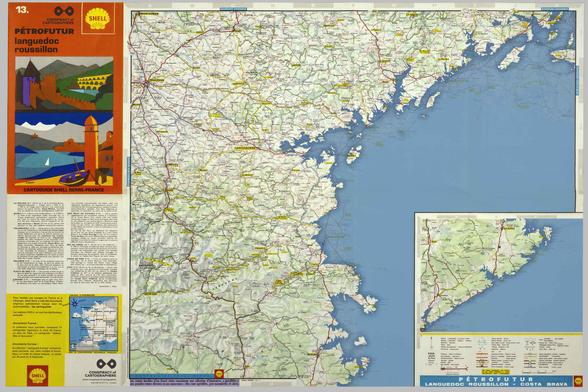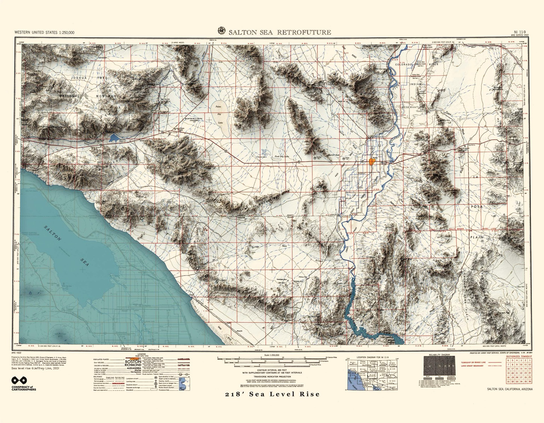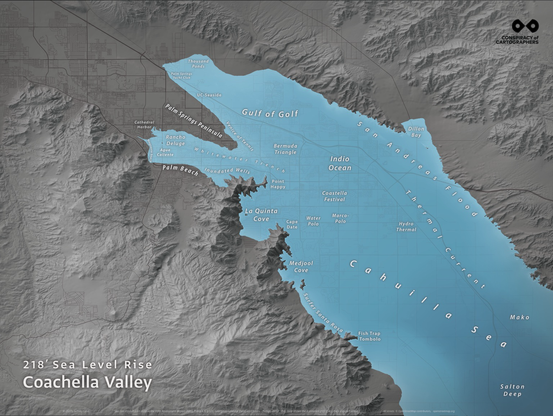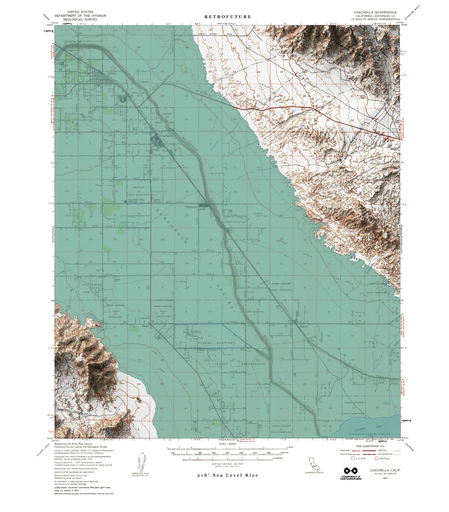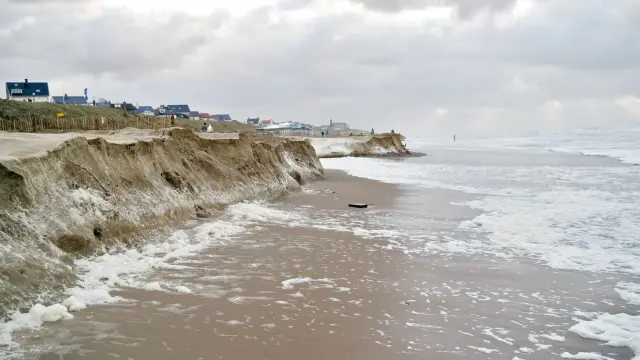CA #wildfires: a warning to #NRC on #ClimateChange
January 16, 2025
"The NRC’s actions to address the risks from natural hazards do not fully consider potential climate change effects on severe nuclear accident risks. 'For example, NRC primarily uses historical data in its licensing and oversight processes rather than climate projections data,' the GAO report said.
"Beyond Nuclear has uncovered similar findings during our challenges to the NRC’s extreme relicensing process for extending reactor operating licenses, now out to the extreme of 60 to 80 years and talk of 100 years. We found that the agency’s staff believes and stubbornly insists that an #environmental review for climate change impacts (#SeaLevelRise, increasingly severe #hurricanes, extreme #flooding, etc.) on reactor safety and reliability is 'out of scope' for the license extensions hearing process.
"The GAO report points out to the NRC that wildfires, specifically, can dangerously impact US nuclear power stations operations and public safety with potential consequences that extend far beyond the initiating natural disaster. These consequences can include loss of life, large scale and indefinite population dislocation and uninsurable economic damage from the radiological
consequences:
" 'Wildfire. According to the NCA (National Climate Assessment), increased heat and drought contribute to increases in wildfire frequency, and climate change has contributed to unprecedented wildfire events in the Southwest. The NCA projects increased heatwaves, drought risk, and more frequent and larger wildfires. Wildfires pose several risks to nuclear power plants, including increasing the potential for onsite fires that could damage plant infrastructure, damaging transmission lines that deliver electricity to plants, and causing a loss of power that could require plants to shut down. Wildfires and the smoke they produce could also hinder or prevent nuclear power plant personnel and supplies from getting to a plant.'
"Loss of offsite electrical power (#LOOP) to nuclear power stations is a leading contributor to increasing the risk of a severe nuclear power accident. The availability of alternating current (AC) power is essential for safe operation and accident recovery at commercial nuclear power plants. Offsite fires destroying electrical power transmission lines to commercial reactors therefore increase the probability and severity of nuclear accidents.
"For US nuclear power plants, 100% of the electrical power supply to all reactor safety systems is initially provided through the offsite power grid. If the offsite electrical grid is disturbed or destroyed, the reactors are designed to automatically shut down or 'SCRAM'. Onsite emergency backup power generators are then expected to automatically or manually start up to provide power to designated high priority reactor safety systems needed to safely shut the reactors down and provide continuous reactor cooling, pressure monitoring, but to a diminished number of the reactors’ credited safety systems. Reliable offsite power is therefore a key factor to minimizing the probability of severe nuclear accidents.
"The GAO identifies a number of US nuclear power plant sites that are vulnerable to the possible outbreak of wildfires where they are located. 'According to our analysis of U.S. Forest Service and NRC data, about 20 percent of nuclear power plants (16 of 75) are located in areas with a high or very high potential for wildfire,' the GAO report states. 'More specifically, more than
one-third of nuclear power plants in the South (nine of 25) and West (three of eight) are located in areas with a high or very high potential for wildfire.' The GAO goes on to identify 'Of the 16 plants with high or very high potential for wildfire, 12 are operating and four are shutdown.'
"To analyze exposure to the wildfire hazard potential, the GAO used 2023 data from the U.S. Forest Service’s Wildfire Hazard Potential Map. 'High/very high' refers to plants in areas with high or very high wildfire hazard potential. Those #NuclearPower stations described by GAO as 'high / very high' exposure to wildfires and their locations are excerpted from GAO Appendix III: Nuclear Power Plant Exposure to Selected Natural Hazards.
Table 1: Potential High Exposure to “Wildfires” at Operating Nuclear Power Plants
–AZ / #SAFER, one of two mobile nuclear emergency equipment supply units in the nation, “HIGH / VERY HIGH”
–CA / #DiabloCanyon Units 1 & 2 nuclear power station, “HIGH / VERY HIGH”
–FL / #TurkeyPoint Units 3 & 4 nuclear power station, “HIGH / VERY HIGH”
–GA / #EdwinI. Hatch Units 1 & 2 nuclear power station, “HIGH / VERY HIGH”
–GA / $Vogtle Units Units 1, 2, 3 & 4, nuclear power station, “HIGH / VERY HIGH”
–NC / #BrunswickNPP Units 1 & 2 nuclear power station, “HIGH / VERY HIGH”
–NC / #McGuire Units 1 & 2 nuclear power station, “HIGH / VERY HIGH”
–NC / #ShearonHarris Units 1 & 2 nuclear power station, “HIGH /VERY HIGH”
–NB / #Cooper nuclear power station, “HIGH / VERY HIGH”
–SC / #Catawba Units 1 & 2 nuclear power station, “HIGH / VERY HIGH”
–SC / #HBRobinson Units 1 & 2 nuclear power station, “HIGH / VERY HIGH”
–WA / #ColumbiaNuclearPower station, “HIGH / VERY HIGH”
Table 2: Potential High Exposure to “Wildfires” at Shutdown Nuclear Power Plants
–CA / #SanOnofre Units 1 & 2, “HIGH / VERY HIGH”
–FL / #CrystalRiver, “HIGH / VERY HIGH”
–NJ / #OysterCreek, “HIGH / VERY HIGH”
–NY / #IndianPoint Units 1, 2 & 3, “HIGH / VERY HIGH”
"Wildfires can transport radioactive contamination from nuclear facilities
"A historical review of wildfires that occur around nuclear facilities (research, military and commercial power) identifies that these events are also a very effective transport mechanism of radioactivity previously generated at these sites and subsequently released into the environment by accident, spills and leaks, and careless dumping. The radioactivity is resuspended by wildfires that occur years, even decades later. The fires carry the radioactivity on smoke particles downwind, thus expanding the zone of contamination further and further with each succeeding fire. The dispersed radionuclides can have very long half-lives meaning they remain biologically hazardous in the environment for decades, centuries and longer."
cc: @Cyclist @stfn @collectifission
Read more:
https://beyondnuclear.org/ca-wildfires-are-a-warning-to-nrc-on-climate-change/
#NoNukes #NoNukesForAI #RethinkNotRestart #NuclearPlants #NuclearPowerPlants #ClimateCrisis #Radiation
